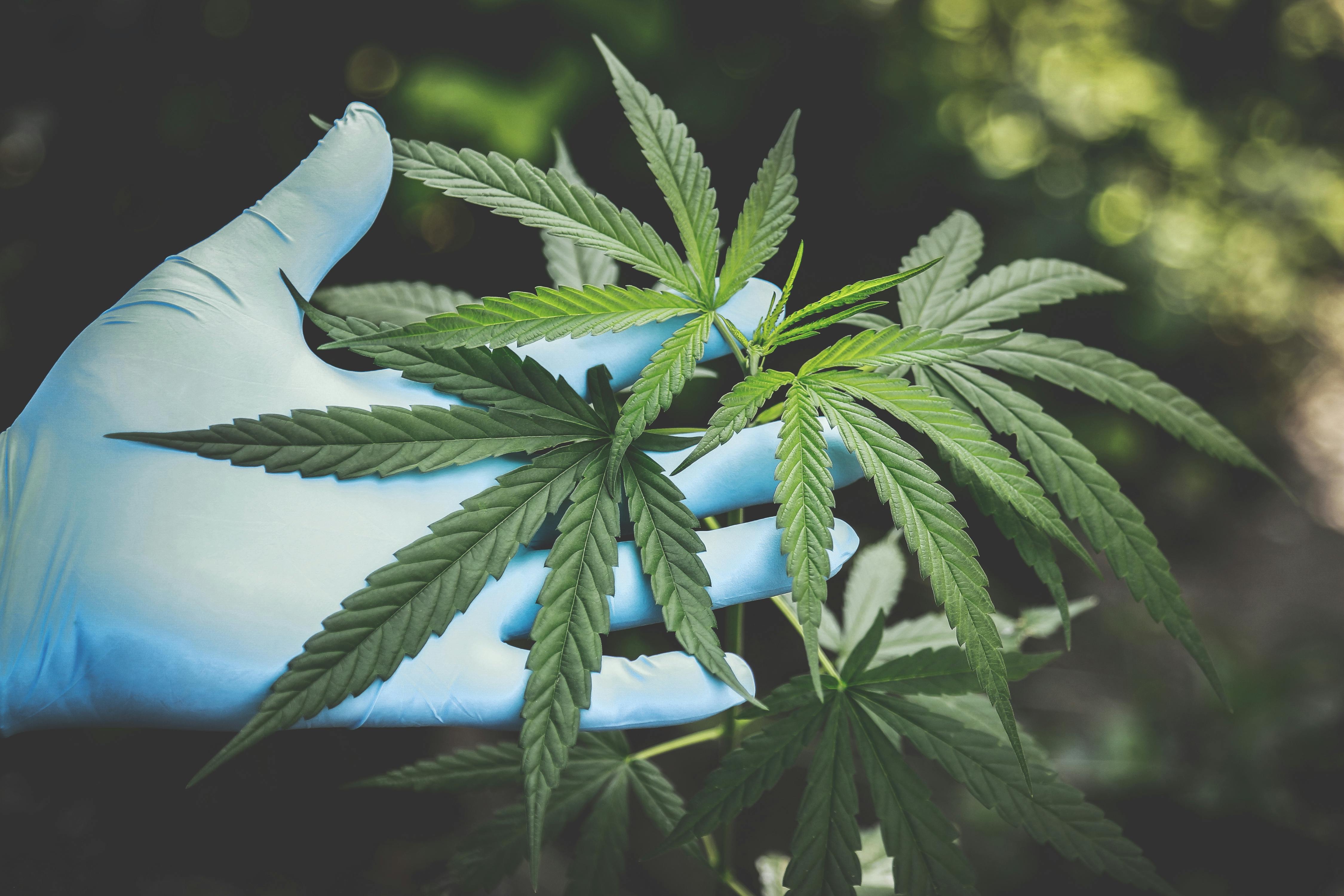- Cannabis growing is becoming a legal activity in many countries and states around the world.
- Thanks to the global wave of regulatory changes, focus is being placed on optimizing cultivation processes to maximize results.
- In this context, nanotechnology has emerged as a promising solution that can help enhance nutrient absorption and improve crop protection against pests.

What is Nanotechnology and How Can It Be Applied to Cannabis Growing?
Nanotechnology involves manipulating matter at an extremely small scale, typically between 1 and 100 nanometers (with one nanometer being one-millionth of a millimeter). At this scale, the physical, chemical, and biological properties of matter can be significantly different.
This technology has been applied in various fields, including pharmaceuticals, consumer products, energy, electronics, and biomedicine, among others.
In agriculture, nanotechnology is being used to introduce innovations aimed at improving resource efficiency and protecting crops from external threats.
Nanotechnology in Cannabis Cultivation
As cannabis cultivation becomes a regulated activity in more and more countries around the world, the need to optimize processes to meet this growing demand also increases.
Just as in traditional agriculture, nanotechnology seems to be making its way into the cannabis industry. Innovative techniques are emerging to make legal cannabis more efficient, producing higher yields whilst also being more environmentally friendly.
Nanofertilizers for Better Yields
Nanofertilizers allow for more efficient nutrient absorption, which reduces the need for excessive fertilizer use, generating less waste and lowering costs for growers.
As a result, plants receive better nutrition, which in turn increases production whilst also reducing the environmental impact of crops.
How Do Nanofertilizers for Cannabis Work?
Nanotechnology-based fertilizers release essential nutrients in a slow and controlled manner. This makes them safer by preventing over-fertilization, improving nutrient absorption, and promoting more vigorous growth and development.
Like traditional fertilizers, nanofertilizers can be biological or mineral-based. Although biological nanofertilizers are starting to be applied in cannabis cultivation, research in this area is still developing.
However, the results so far suggest that these could become a highly sought-after option in the future for growers looking to adopt more sustainable practices while still achieving efficient results.
These products are derived from biological sources, and some examples include:
- Fertilizers made from microorganism-based nanoparticles: These use bacteria or fungi to synthesize nanoparticles that contain essential nutrients. This approach not only provides plants with complete nutrition but also improves soil structure by promoting beneficial microbial life in the substrate.
- Nano-biofertilizers: These combine nanoparticles with traditional biofertilizers and have proven to be particularly effective in cannabis growing, as they can improve the efficiency of some nutrients like phosphorus or nitrogen.
Biological nanofertilizers minimize soil depletion and water contamination caused by agriculture. In addition, this technology reduces the need for large amounts of fertilizer, thus lessening its environmental impact.

Nanoparticles to Combat Cannabis Pests and Diseases
One of the biggest challenges for cannabis growers is dealing with pests and fungi that can attack their crops and destroy them. Nanotechnology could be a game changer in combating these threats.
Currently, the use of nanopesticides in cannabis cultivation is still in the research phase. But, although research is limited, there are already some studies that have explored their potential:
- Silver nanoparticles (AgNPs) as antifungal agents in cannabis plants: AgNPs have been shown to be effective against pathogens such as Botrytis, a common fungus in cannabis cultivation that causes bud rot. A study published in Frontiers in Plant Science demonstrated that AgNPs inhibit the growth of this fungus without causing phytotoxicity in cannabis plants.
- Copper nanoparticles (CuNPs) for the control of fungal and bacterial diseases: A study published in the Journal of Plant Protection Research explored the efficacy of CuNPs in controlling Pseudomonas syringae, a bacterium that affects various plants, including cannabis. The results showed that CuNPs could significantly reduce the presence of the bacteria without harming the plants.
- Nanocapsules for controlled pesticide release: Although not yet widely documented in cannabis growing, polymer nanocapsules are being developed to release pesticides in a controlled manner. These nanocapsules allow for precise dosing, which in turn helps reduce the environmental impact of this practice.
However, further research is needed to ensure the safety of these products, as there is a concern about "bioaccumulation" (i.e., when nanoparticles accumulate in the plant tissue). Therefore, more studies are required to ensure this method is safe.
Nanobubbles in Irrigation Systems for Cannabis Growing
Using nanobubbles in the irrigation of cannabis greatly enhances the ability of the roots to absorb oxygen, resulting in healthier, stronger, and more resilient plants.
Additionally, these bubbles help remove contaminants from the water, such as heavy metals and pathogenic microorganisms, thereby improving the quality of the irrigation water and the overall health of the crop.
The Benefits of Nanotechnology in Cannabis Cultivation
The advantages of nanotechnology in cannabis growing include reduced production costs (especially in large-scale legal operations) and improvements in both the quality and quantity of the crops.
Optimizing irrigation and nutrient systems leads to healthier plants and higher yields, even in adverse climatic conditions. Nanotechnology in cannabis cultivation is still in its early stages, but its potential to transform the industry is immense.
While its use as a fertilization method and for improving water quality shows great promise, more research is still needed regarding its application for pest and disease control.
What's clear is that this innovative technology could become a key tool in the cultivation of high-yielding organic cannabis in the future.
-----
References:
Rai, M., Ingle, A. P., Pandit, R., Paralikar, P., Shende, S., Gupta, I., ... & da Silva, S. S. (2019). Copper and copper nanoparticles: Role in management of insect-pests and pathogenic microbes. Nanotechnology Reviews, 8(1), 122-143.
Khashan, K. S., Sulaiman, G. M., Abdulameer, F. A., & Ismail, M. (2020). Novel synthesis of CuO@ Cu2O/Cu nanoparticles using laser ablation in liquid for antifungal application. Journal of Plant Protection Research, 60(3), 315-322.
Kah, M., Beulke, S., Tiede, K., & Hofmann, T. (2013). Nanopesticides: State of knowledge, environmental fate, and exposure modeling. Journal of Agricultural and Food Chemistry, 61(12), 3401-3411.



Comments from our readers
There are no comments yet. Would you like to be the first?
Leave a comment!Did you like this post?
Your opinion about our seeds is very important to us and can help other users a lot (your email address won't be made public).